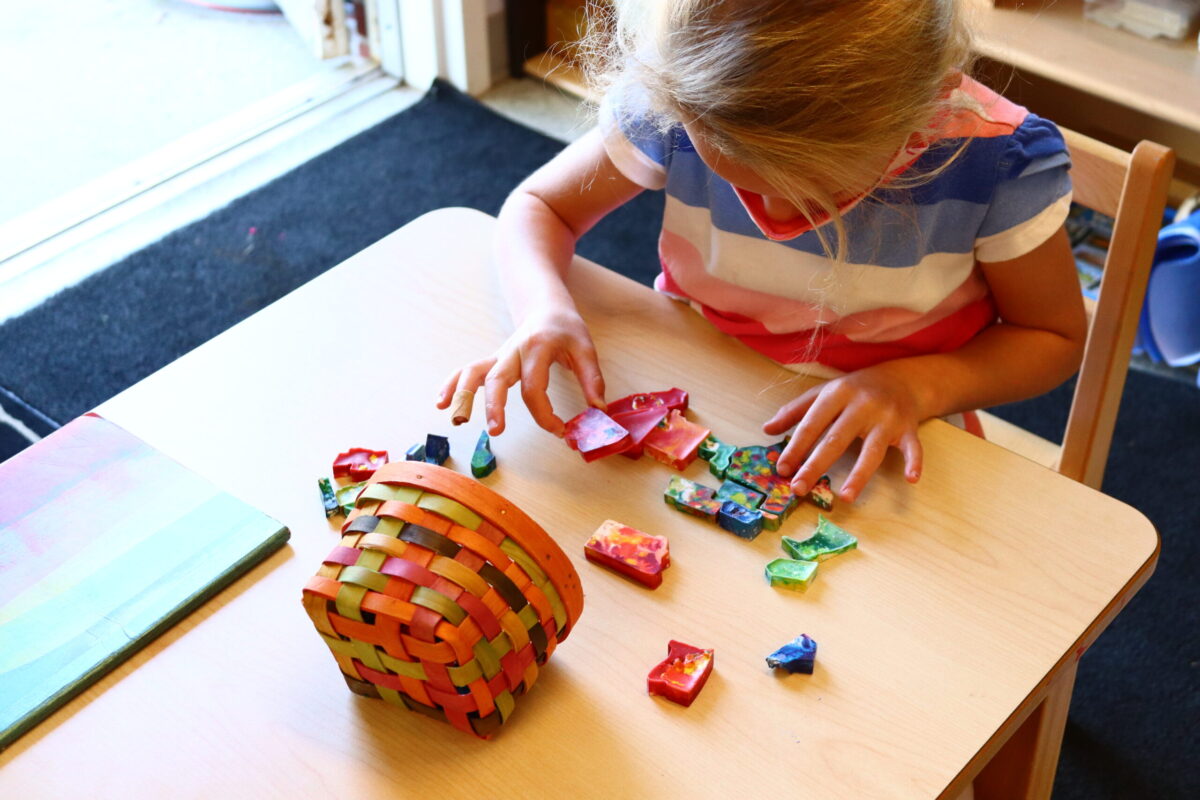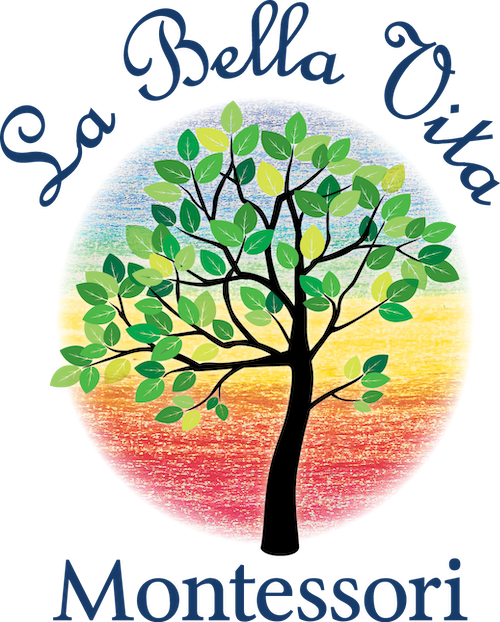The human world into which our children are born is bewilderingly complex. It boasts countless and often conflicting institutions, ever-evolving technologies, and contradictory norms and practices. This is a world that most adults struggle to understand—partially in virtue of the approach to history and civics in most schools, which doesn’t typically provide a helpful framework for thinking about the dynamic human world. But even elementary-aged children want and need to start to make sense this cacophony, to understand the world they live in, to learn to appreciate it, and, ultimately, to be empowered with the knowledge needed to participate in it, affect it, change it. The critical key for understanding for a student to understand, appreciate, and change the culture of their world—in all of aspects—is history. Conversely, the key learning outcome of history is the ability to understand, appreciate, and ultimately change their world.
History, in our elementary programs, is not a list of dates, nor is it a collection of topics and themes. It is a unified story of the development of the modern world—the explanation of the world of the student. It is a synoptic, rich timeline of its arts and inventions, its people and institutions, its arc of events, conflicts, and, most of all, ideas. Students in our elementary history program learn, across the six years of elementary, the unbroken chronology of Western history, from early civilizations through the present.
History in Our Classrooms
History is infused into our Montessori elementary classrooms. There are three major aspects of the history curriculum:
The Great Lessons
Six key lessons that cover the history of every topic in the elementary curriculum at the highest level, and that are delivered annually to all students.
Civilizations
Historical work and lessons focused on understanding how early civilizations came to be and how they addressed fundamental human needs, done primarily by lower elementary students.
Western History
A three-year sequence of Western history, from ancient Egypt to the present, done primarily by upper elementary students.

The Great Lessons are big-picture history lessons that serve as the integrating and framing context for the entire elementary curriculum. They are given every year, in both lower and upper elementary (with older students who have mastered the lessons assisting in their final years). The lessons are:
- The Coming of the Universe: an overview of cosmology, covering the origin and historical arrangement of the physical and chemical elements of the universe, all the way to the solar system and the earth;
- The Coming of Life: an overview of the history of life, covering the emergence of different forms of life, up to and including humans, with associated geological changes;
- The Coming of Humans: the story of the emergency of early humans and our earliest struggles and discoveries;
- The Coming of Writing: a big picture history of writing, how it emerged and evolved from pictures to alphabets;
- The Coming of Numbers: the emergence of counting, then measurement, then mathematics
- The Story of the Great River: a story that analogizes the human body to an ancient civilization, giving a big picture overview of human anatomy.

